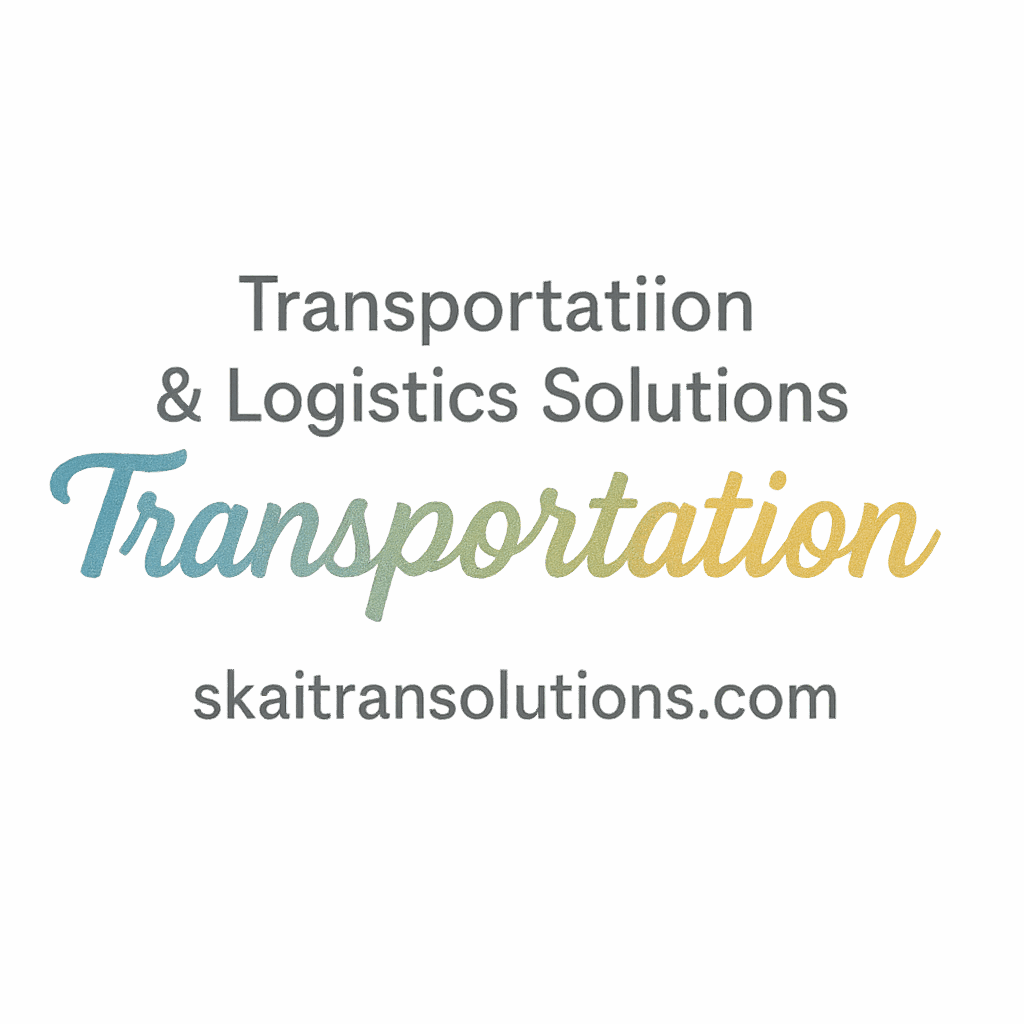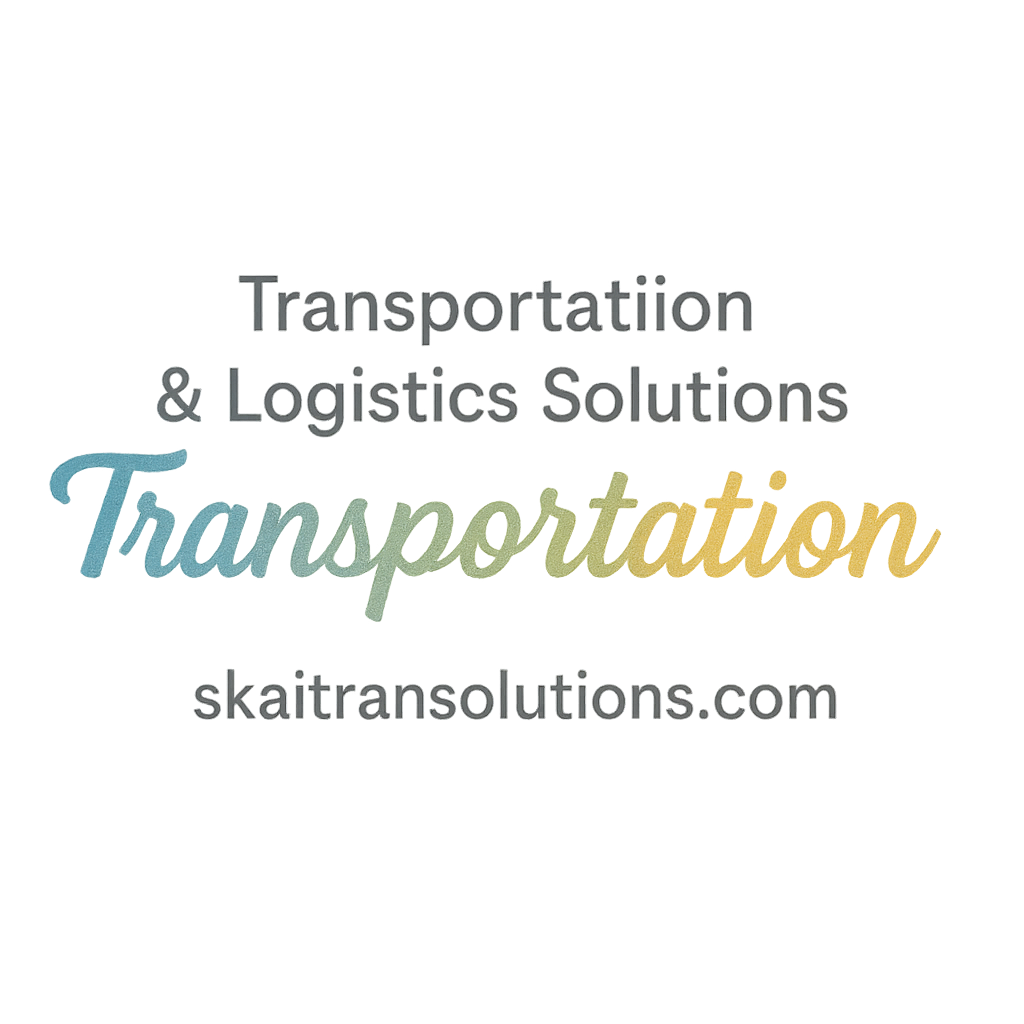Introduction to Integrated Logistics Systems
Imagine running a relay race with runners who never practiced handoffs. That’s what traditional logistics feels like—transportation and warehousing running in parallel, but never truly synced. Integrated transportation and warehouse systems flip this narrative. By merging logistics operations through tech and strategy, businesses unlock serious benefits across the entire supply chain.
At its core, integration is about synergy: connecting the dots so transportation and warehousing don’t just coexist—they collaborate.
Understanding the Need for Integration
Have you ever experienced delays in shipments because the inventory was “lost in the system”? This happens when warehousing and transportation operate in silos. Inventory data isn’t up to date, shipments get misplaced, and inefficiencies creep in.
With the rise of same-day delivery and complex global supply chains, integration is no longer a luxury—it’s a necessity.
How Does Integration Work?
Integrated systems are powered by technology like Transportation Management Systems (TMS), Warehouse Management Systems (WMS), and Enterprise Resource Planning (ERP) platforms. These tools allow:
- Real-time data sharing
- Automated workflows
- Predictive analytics
Essentially, you create a single source of truth where transportation and warehousing talk to each other constantly, helping you deliver with precision.
Looking for the best industry practices? Check out our in-depth resources on Operational Best Practices.
Benefit #1: Real-Time Visibility Across the Supply Chain
Knowing exactly where a product is—from the shelf to the customer’s doorstep—is invaluable. Integrated systems give you that real-time visibility.
With live tracking, warehouse inventory can be automatically updated as goods move. You can also:
- Spot delays instantly
- Improve ETAs
- Increase trust with customers
This type of visibility directly boosts customer experience and safety, which you can explore more at Customer Experience & Safety.
Benefit #2: Reduced Operational Costs
By automating the connection between warehousing and transportation, businesses can drastically cut down on redundant tasks and human errors.
Benefits include:
- Fewer manual touchpoints
- Less administrative overhead
- Reduced fuel and labor costs
Smart integration supports cost-reduction strategies. Learn more via tag/cost-reduction.
Benefit #3: Faster Order Fulfillment
Speed is everything in logistics. Integration streamlines workflows, so orders are picked, packed, shipped, and delivered in record time.
It allows:
- Real-time order updates
- Synchronized delivery schedules
- Just-in-time (JIT) inventory handling
Customers today expect Amazon-level service. Integrated systems help you meet those sky-high expectations.
Benefit #4: Improved Inventory Accuracy
Let’s face it: Inaccurate inventory leads to frustrated customers and lost sales. Integration gives warehouses a live snapshot of stock, synced with shipping data.
No more:
- Stockouts
- Overstocking
- Missing SKUs
By using integrated metrics, you can boost accuracy while monitoring KPIs in line with tag/kpis and tag/metrics.

Benefit #5: Better Space Utilization
Why waste warehouse space on goods you don’t need yet? Integration helps optimize:
- Storage layouts
- Inventory rotations
- Truck loading patterns
This creates a leaner operation, tying back to smarter logistics solutions like those discussed in Logistics & Supply Chain Solutions.
Benefit #6: Enhanced Customer Experience
Let’s be honest—nobody likes vague delivery windows or poor tracking. With integrated systems:
- Customers get accurate ETAs
- Returns are processed faster
- Notifications are automated
This leads to loyalty and repeat business, critical in today’s competitive landscape.
Benefit #7: Data-Driven Decision Making
Integration isn’t just about speed; it’s about smart decision-making. Real-time analytics help you:
- Track performance
- Identify trends
- Predict disruptions
Leverage this data to fine-tune your transportation strategy or boost your supply chain innovation.
Benefit #8: Stronger Compliance & Safety Protocols
Whether it’s fleet safety, documentation, or audits—integrated systems help you stay compliant and secure.
Track:
- Driver behavior
- Load inspections
- Vehicle maintenance
To strengthen your approach, explore Safety Inspections and tag/compliance.
Benefit #9: Seamless Scalability
Thinking about growing your logistics operation? Integration ensures that growth is scalable and sustainable.
Whether you’re expanding fleets, warehouses, or delivery zones, a unified system allows:
- Faster onboarding
- Standardized workflows
- Greater resource flexibility
Benefit #10: Competitive Advantage in the Market
In logistics, staying stagnant means falling behind. Integrated systems offer:
- Faster go-to-market timelines
- Higher customer retention
- Lower operating risks
They allow you to innovate, just like leaders in Transportation Technology Innovation are doing every day.
Use Cases and Real-World Applications
Industries benefiting from integrated systems include:
- E-commerce giants like Amazon
- Food delivery services like DoorDash
- 3PL providers with global reach
These brands thrive because they know integration is innovation.
How to Implement an Integrated System
Here’s a quick roadmap:
- Audit your current systems
- Choose the right TMS and WMS
- Ensure tech compatibility
- Train your staff
- Monitor and iterate
Start by consulting experts at skaitransolutions.com to guide your transition.
Common Challenges and How to Overcome Them
Integration isn’t always plug-and-play. Expect:
- Resistance to change
- Data migration issues
- System incompatibilities
Overcome these with clear communication, phased rollouts, and robust training.
Future Trends: What’s Next for Integrated Logistics?
The future is autonomous. Expect:
- AI-powered route planning
- Self-driving delivery trucks
- Predictive maintenance using IoT
Explore more about the rise of autonomous vehicles and technologies transforming logistics.
Conclusion
Integrated transportation and warehouse systems are reshaping the way supply chains operate. From boosting efficiency to enhancing customer satisfaction, these systems are the backbone of modern logistics. As the market evolves, integration will no longer be optional—it will be essential.
Ready to make your logistics smarter and faster? Visit skaitransolutions.com to get started today.
FAQs
1. What is an integrated transportation and warehouse system?
It’s a system where warehousing and transportation operations share data and workflows for better coordination and efficiency.
2. How does integration improve supply chain visibility?
It connects inventory, transportation, and customer updates in real-time, allowing complete tracking from start to finish.
3. Is integration expensive to implement?
Initial costs exist, but ROI is strong due to long-term savings on labor, errors, and delays.
4. What industries benefit most from integration?
E-commerce, retail, manufacturing, and 3PL providers see the biggest impact.
5. Can integration help with compliance and inspections?
Yes. Systems can automate reporting, monitor safety, and store compliance documentation.
6. What software is used for integration?
TMS, WMS, and ERP platforms are commonly integrated for full visibility.
7. How does integration support KPIs and performance tracking?
It provides accurate, live data tied to logistics KPIs and performance metrics.


